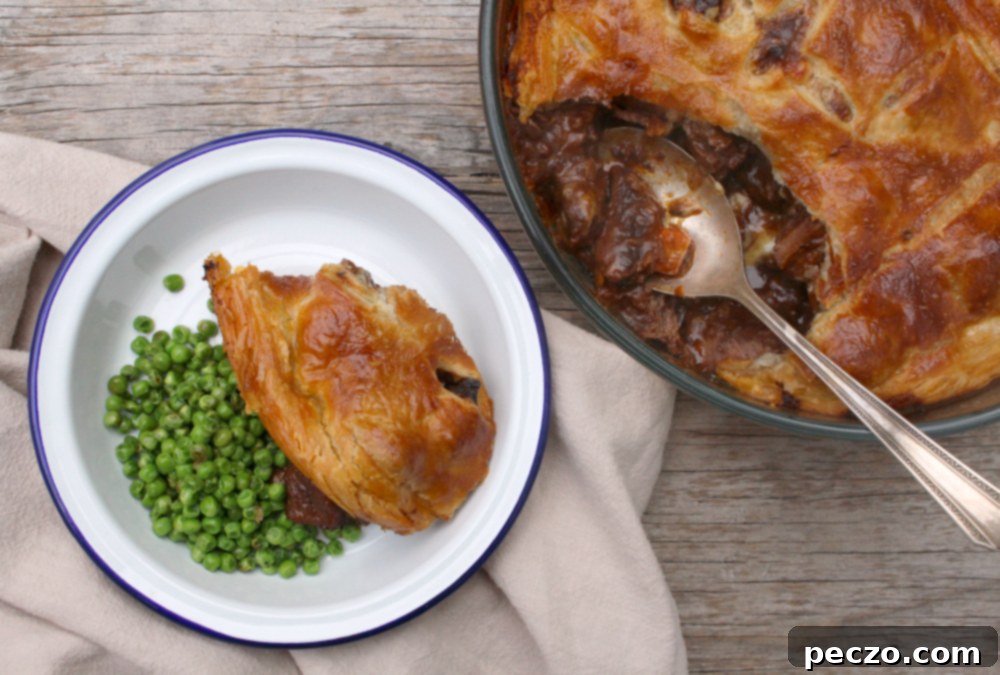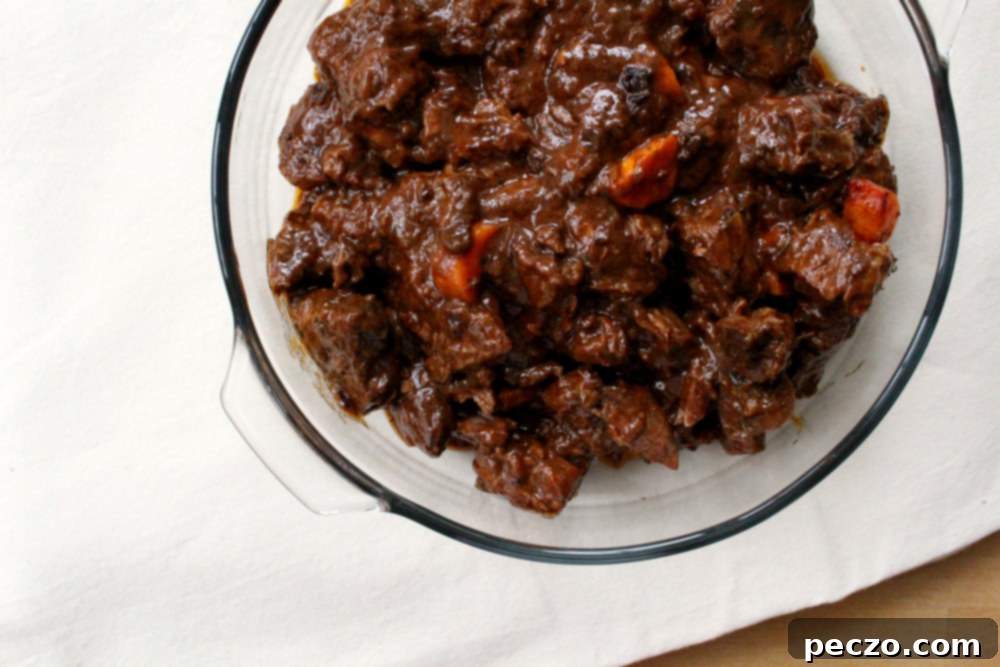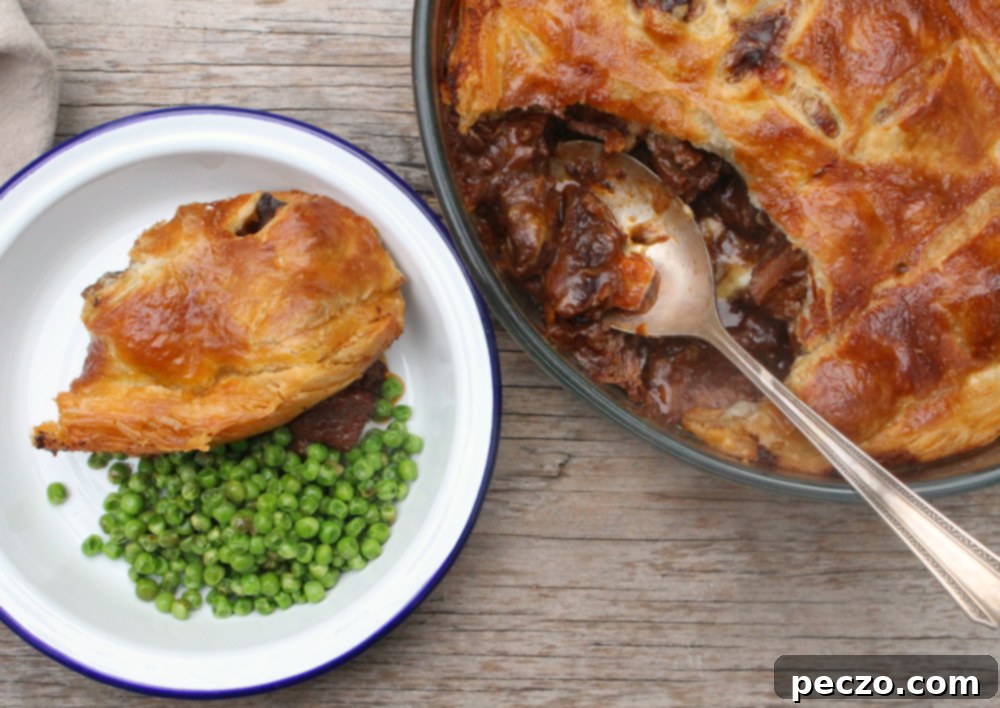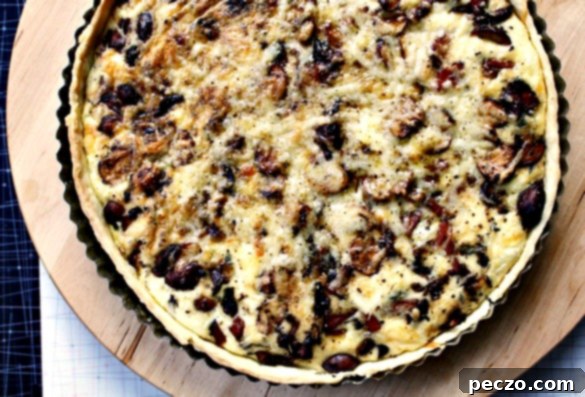Crafting the Ultimate Beef & Guinness Pie: Your Essential Guide to Hearty Cold-Weather Comfort

Even when the calendar hints at spring, some days still demand the deepest, most soul-warming comfort food. Here in Calgary, a bracing -27 with the windchill doesn’t exactly whisper “spring break,” even as daylight savings approaches. But there’s a silver lining to these frosty days: the perfect excuse to dive into the rich, savory embrace of a classic beef and ale pie. With new microbreweries, like one just a couple blocks from our house, constantly enriching our local scene, we’re reminded that lagers, stouts, and ales aren’t just for sipping – they’re culinary gold, ideal for simmering with beef to create the ultimate cold-weather masterpiece. This isn’t just a meal; it’s a defiant act against the chill, warming you from the inside out and turning every home into a cozy haven.

The journey to a truly magnificent beef and ale – or a robust Guinness – pie begins with the beef. Choosing the right cut is paramount; stewing beef, chuck roast, or even brisket are excellent choices, offering a good balance of meatiness and marbling that breaks down beautifully over a long braise, resulting in fork-tender perfection. Cut your chosen beef into generous, even chunks – about 1 to 1.5 inches – to ensure they cook uniformly and hold up well in the hearty stew. Once your beef is prepped, it’s time to build layers of flavor, starting with a classic trio: onions, the star brew, and a good quality stock. A pinch or sprig of fresh thyme adds an earthy, aromatic note that complements the deep flavors of the beef and beer beautifully. For an extra dimension of umami and richness, I always recommend a generous glug of Worcestershire sauce and a spoonful of concentrated tomato paste or puree. These ingredients deepen the color and complexify the taste profile, making the final sauce incredibly savory.
A crucial step often debated is how to best thicken the stew. Many recipes suggest coating the beef chunks in flour before browning. However, I’ve found that this method tends to brown the flour itself rather than the beef, hindering that beautiful, caramelized crust we’re aiming for. My preferred technique is to first brown the meat thoroughly on all sides in a hot pot – this is where the magic of the Maillard reaction happens, creating unparalleled depth of flavor. Once the beef is beautifully seared and has developed a rich crust, then I sprinkle a shake of flour over the pieces and stir them around to coat them directly in the pot. This allows the flour to cook off its raw taste while absorbing the delicious fond from the bottom of the pan, forming a perfect roux-like base for your liquid. It works every time, ensuring your gravy is thick, glossy, and full-bodied without any raw flour taste.


